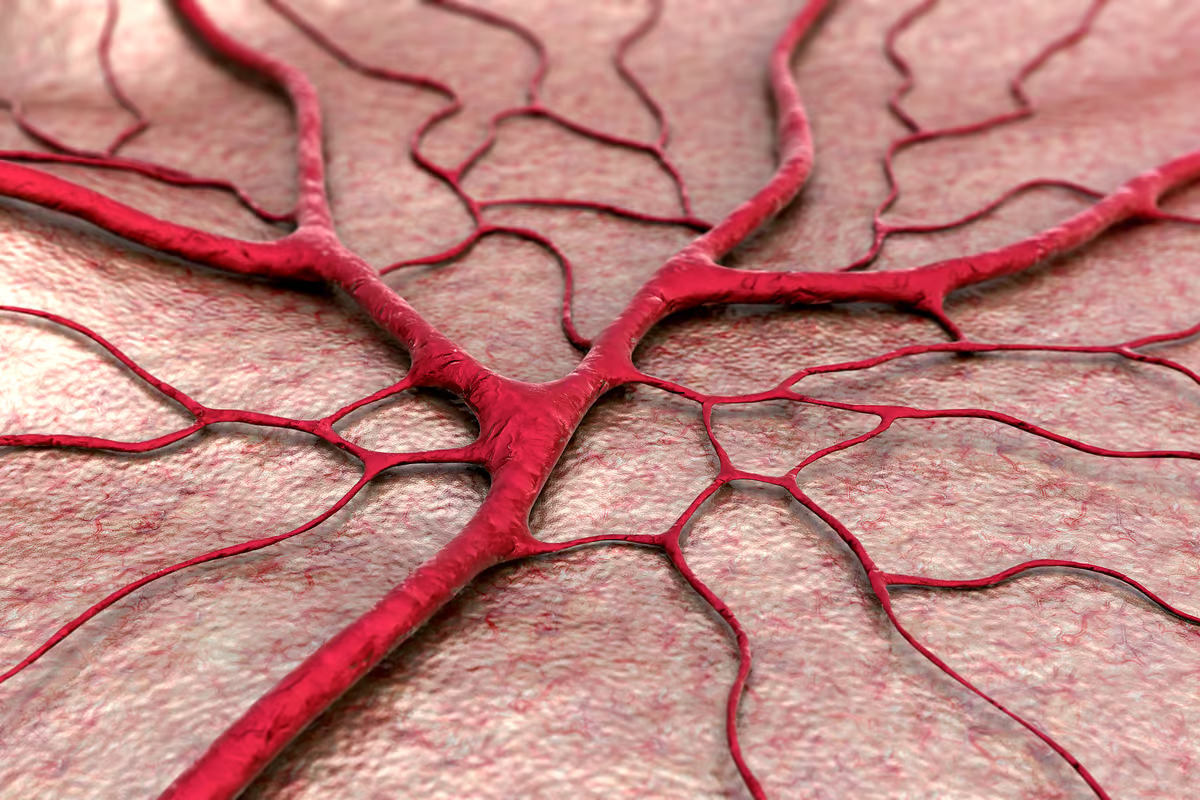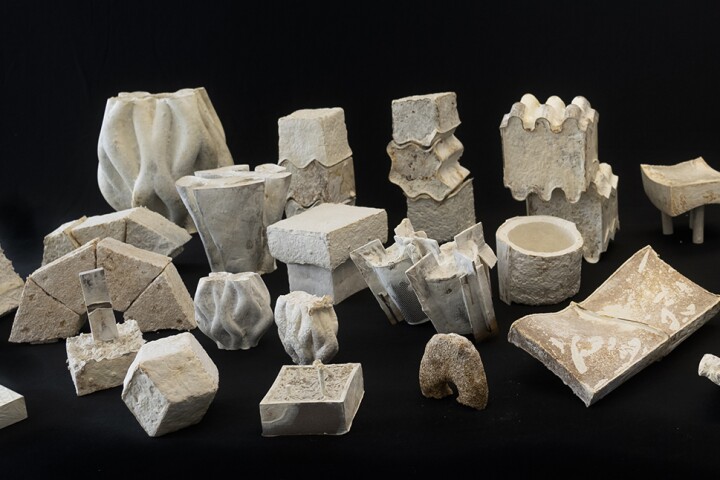 Artificial blood vessels could help doctors deal with the troubling rate of cardiovascular disease around the world. Depositphotos
Artificial blood vessels could help doctors deal with the troubling rate of cardiovascular disease around the world. Depositphotos
–
With cardiovascular disease standing as the number one cause of death worldwide, the need for artificial blood vessels to replace clogged and damaged parts of the body’s circulatory system is greater than ever. While some researchers have seen success with growing blood vessels in the lab and others with creating vessels embedded with electronics, a team from the biofabrication lab of Regenerative Medicine Center Utrecht (RMCU) in the Netherlands took another approach: 3D printing. In particular, the scientists looked to strengthen one promising technique – called volumetric bioprinting – with another.
Volumetric bioprinting uses light to basically carve structures into cell-containing gels. It works quickly, which allows cells to remain viable during the process, but it produces substances that are flimsy due to the nature of the gel. Because blood vessels need to withstand significant forces, the research team next turned to a process known as melt electrowriting. This is a 3D-printing technique that can make intricate rigid structures by melting tiny filaments of biodegradable plastic. The problem with it, though, is that live cells can’t be part of the process because the heat used would kill them.
With this challenge in mind, the RMCU team used melt electrowriting to first create tubular scaffolds. Once the scaffolds were cooled, the researchers applied the cell-infused gel from the volumetric bioprinter and found that they could be successfully implanted within (or on either side of) the scaffold.
“In order to get this right, we had to place the scaffold exactly in the center in the vial,” first author Gabriël Größbacher said. “Any deviation from the center would mean that the volumetric print would be off-set. But we managed to center it perfectly by printing the scaffold on a mandril that we fitted to the vial.”
The team eventually created a proof-of-concept vessel made from the scaffold, two layers of stem cells, and epithelial cells covering the inner surface of the tube. The scientists additionally made more complex vessels incorporating a forked structure, as well as venous valves that were able to provide blood flow in one direction only.
The researchers say that the structure could also incorporate tiny holes along its length, which would mimic the permeability of actual blood vessels.
“This was a proof of principle study,” said Größbacher. “What we now need to do is replace the stem cells with functional cells that are part of a real blood vessel. That means adding muscle cells and fibrous tissue around the epithelial cells. Our goal now is to print a functional blood vessel.”
The study has been published in the journal, Advanced Materials.
Source: University Medical Center Utrecht via EurekAlert
–























